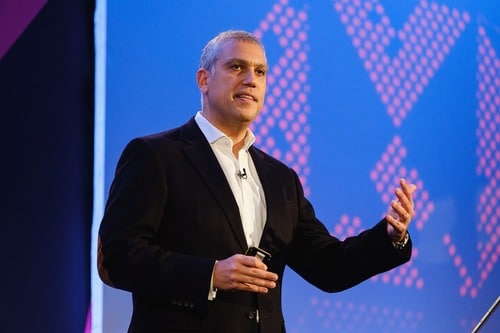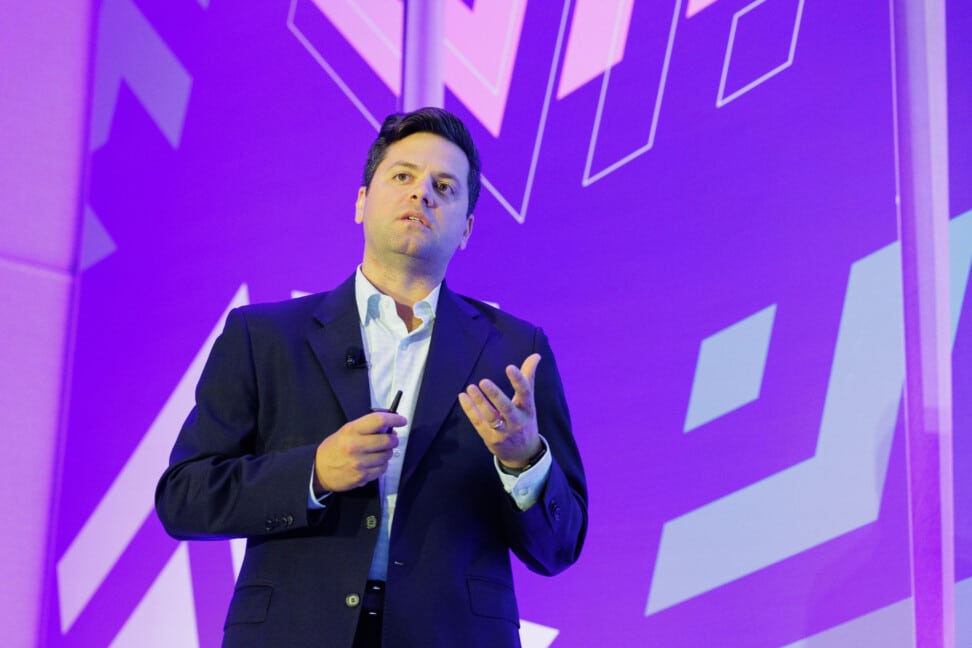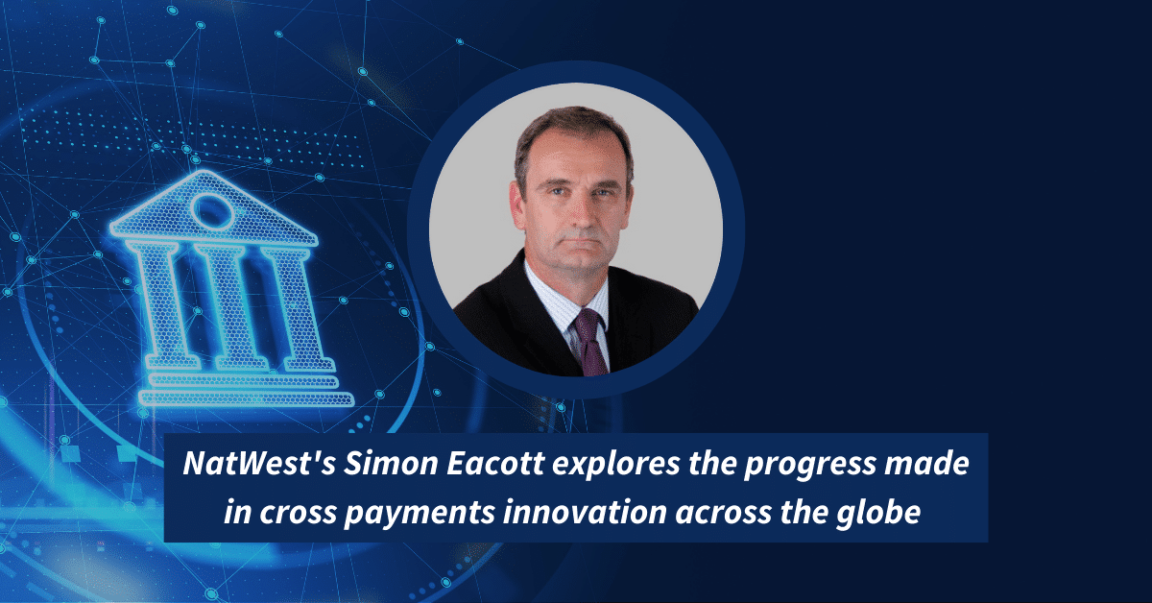Insights
Discover articles, reports, market insights, interviews and more across the hottest topics in banking & payments today.
Use the filters below to select what you’re interested in.
Article
AI & robotics | Customer experience | Digital transformation
Strengthening the customer relationship in banking
Article
Redefining Banking CX
Article
Customer experience
The end of one-size-fits-all banking: towards tailored value propositions
Article
Customer experience | Digital transformation
Designing a successful digital-only banking proposition
Article
Open banking & API economy | Payments
The Future of Open Banking Payments
Article
AI & robotics | Customer experience | Digital transformation | Operational effectiveness & workforce
Beyond the buzzwords: practical strategies for implementing Generative AI in banking
Article
Payments
Cross-border payments: the next frontier
Infographic
ESG, purpose & trust | Financial crime, fraud & security
Stemming the tide of fraud: towards a purpose-led approach
Article
Open banking & API economy
SME Banking: The Age of Open-Innovation
We're on the move, always expanding to exciting new topics and formats.
Check back soon!
Check back soon!












